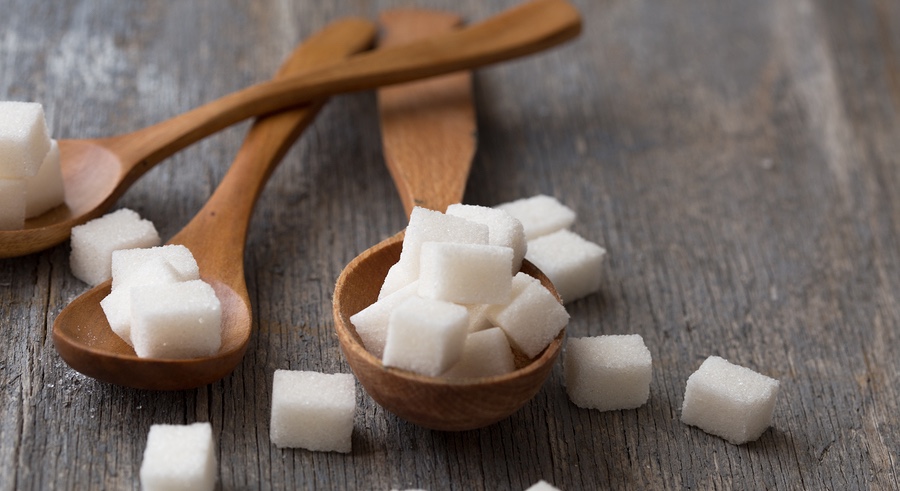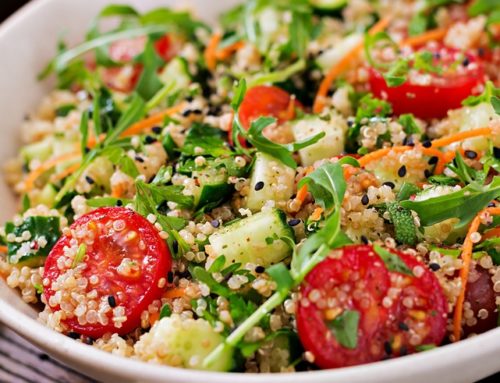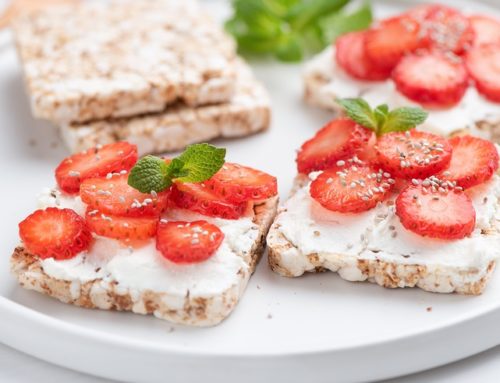The Dietary Guidelines for Americans recommend that we consume no more than 10% of our daily calories from added sugars. Added sugars, as the name suggests, are sugars that are added to foods and beverages by food manufacturers during processing, or by us when preparing foods at home. The sugars that occur naturally in foods, such as those in fruits and milk, are not considered added sugars.
Unfortunately, many Americans are consuming a lot more added sugars than they should be.
This is due to a number of factors. One is the simple fact that we humans like the taste of sweet foods! Our brains are somewhat hard-wired to seek out sugar, and we get a satisfying surge of feel-good hormones when we do. Even if you take reasonable steps to try and reduce your sugar intake, it’s often hiding in all kinds of foods you’d never expect. And with somewhere in the ballpark of 50-60 different names for sugar appearing on food labels, it has a habit of sneaking by us unnoticed.
So, what’s the big deal? Higher than recommended intake of added sugars may put you at risk for conditions like heart disease, obesity, diabetes, cancer, and depression, and may even speed up skin aging. Clearly, finding ways to lower your added sugar intake is definitely important!
Let’s take a look at ways we can swap out a day’s worth of food for lower-sugar choices.
| Day #1 | Day #2 | |
| Breakfast: Apples & Cinnamon flavored Instant Oatmeal (1 cup serving)
= 12 grams added sugar |
vs. | Original (unflavored) instant oatmeal with sliced apples & cinnamon added (1 cup serving)
= 0 grams added sugar |
| Lunch: 1 container of mixed berry flavored Greek yogurt
= 12 grams added sugar |
vs. | 1 container plain Greek yogurt, with fresh berries added
= 0 grams added sugar |
| Snack: 3 cups Kettle Corn
= 6 grams added sugar |
vs. | 3 cups plain air-popped popcorn
= 0 grams sugar |
| Supper: Whole wheat pasta + 1 cup commercially prepared spaghetti sauce
= 8 grams added sugar |
Whole wheat pasta tossed with diced tomatoes and onion sautéed in olive oil
= 0 grams added sugar |
|
| Total = 38 grams of sugar | vs. | Total = 0 grams added sugar |
Stark difference, isn’t it? While both days contain plenty of generally accepted “healthy” foods, they are not created equal.
Here are some things to keep in mind so you don’t go overboard on sneaky sugar. First, rely less on processed, pre-packaged foods. It’s no secret that sugar is often added to products, even savory products like pasta sauce. Second, avoid beverages with added sugars, like soft drinks, juice, energy drinks, and specialty coffee drinks. And finally, make sure to check food labels. Because it can be challenging to spot all the different names for sugar in the ingredients list, go straight to the Nutrition Facts Panel. Aim to choose products with the least amount added sugar, which can be found under “Total Carbohydrates”.
With these tips in mind, you can be on your way to a lower sugar diet. Sweet!





